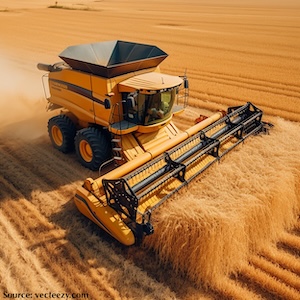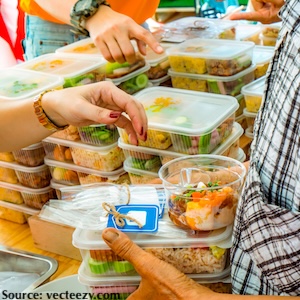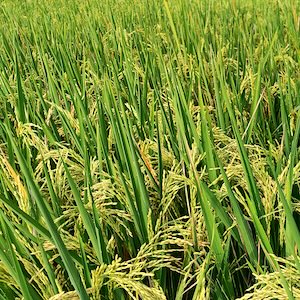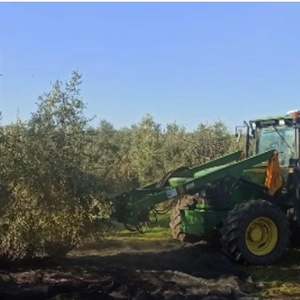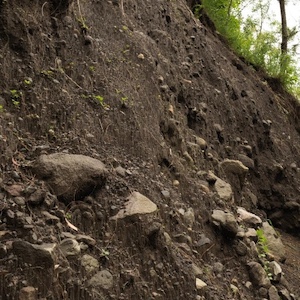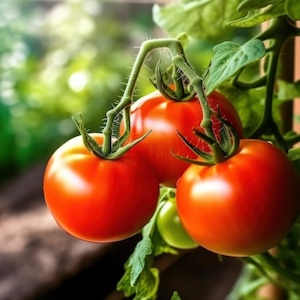Original Articles
31 December 2008
Vol. 39 No. 4 (2008)
ANALYSIS OF THE EFFECTS OF THE ROOFING DESIGN ON HEAT STRESS IN DAIRY COW HOUSING
Publisher's note
All claims expressed in this article are solely those of the authors and do not necessarily represent those of their affiliated organizations, or those of the publisher, the editors and the reviewers. Any product that may be evaluated in this article or claim that may be made by its manufacturer is not guaranteed or endorsed by the publisher.
All claims expressed in this article are solely those of the authors and do not necessarily represent those of their affiliated organizations, or those of the publisher, the editors and the reviewers. Any product that may be evaluated in this article or claim that may be made by its manufacturer is not guaranteed or endorsed by the publisher.
1896
Views
883
Downloads







